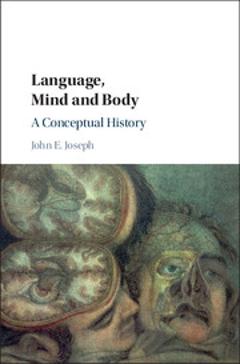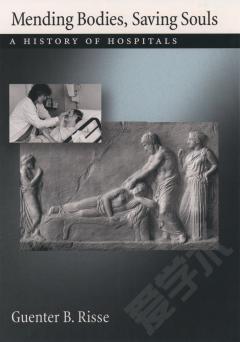The Spirit of Mourning: History, Memory and the Body
How is the memory of traumatic events, such as genocide and torture, inscribed within human bodies? In this book, Paul Connerton discusses social and cultural memory by looking at the role of mourning in the production of histories and the reticence of silence across many different cultures. In particular he looks at how memory is conveyed in gesture, bodily posture, speech and the senses – and how bodily memory, in turn, becomes manifested in cultural objects such as tattoos, letters, buildings and public spaces. It is argued that memory is more cultural and collective than it is individual. This book will appeal to researchers and students in anthropology, linguistic anthropology, sociology, social psychology and philosophy.
{{comment.content}}








 京公网安备 11010802027623号
京公网安备 11010802027623号